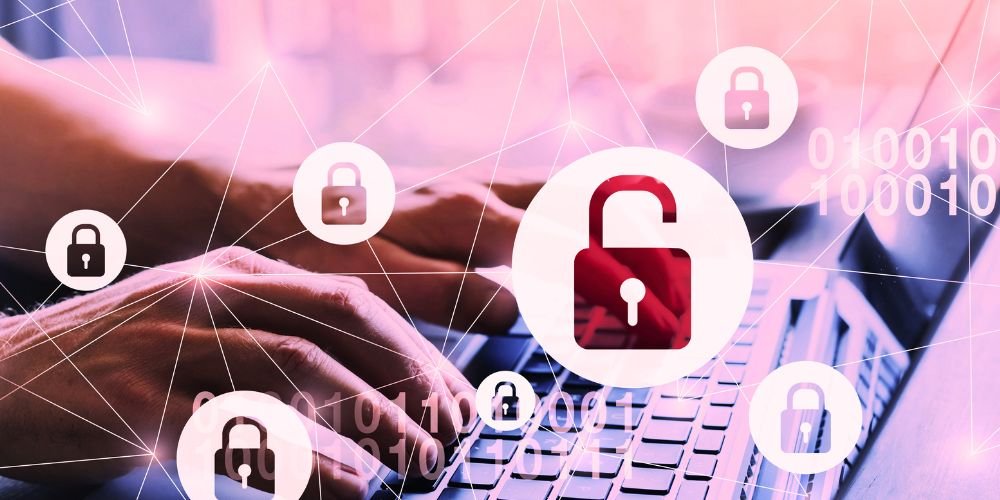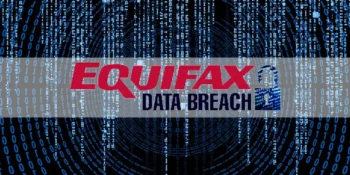In today’s interconnected world, data breaches have become a significant threat to individuals, organizations, and governments. A data breach involves the unauthorized access, disclosure, or theft of sensitive information, often leading to financial loss, reputational damage, and legal repercussions. This article delves into the causes, impacts, and preventive measures of data breaches, emphasizing the importance of robust cybersecurity practices in safeguarding digital assets.
Understanding Data Breaches
Data breaches occur when unauthorized individuals or entities access confidential information, often exploiting vulnerabilities in security systems. These breaches can target various types of data, including personal information, financial records, intellectual property, and classified government documents. Understanding the mechanisms and motivations behind data breaches is crucial for developing effective defense strategies.
Historical Evolution
The history of data breaches dates back to the early days of computing and networked systems. In the 1980s and 1990s, breaches primarily involved unauthorized access to corporate networks and databases. Data breaches became more sophisticated and widespread with the rise of the Internet and e-commerce in the 2000s. High-profile breaches such as the 2013 Target breach and the 2017 Equifax breach highlighted the vulnerabilities of modern digital infrastructures and underscored the need for enhanced cybersecurity measures.
Types of Data Breaches
Data breaches can be classified into several categories based on the methods used by attackers:
- Hacking: Unauthorized access to systems through exploiting vulnerabilities, such as weak passwords, unpatched software, and network weaknesses.
- Phishing: Deceptive emails or messages that trick recipients into revealing sensitive information, such as login credentials or financial details.
- Malware: Malicious software that infiltrates systems to steal, encrypt, or destroy data. Ransomware locks users out of their data until a ransom is paid.
- Insider Threats: Data breaches are caused by employees, contractors, or other insiders who misuse their access privileges to steal or leak information.
- Physical Theft: Theft of physical devices, such as laptops, hard drives, or smartphones, containing sensitive data.
Applications and Impacts of Data Breaches
Data breaches have far-reaching consequences for individuals, businesses, and society at large, affecting various sectors and stakeholders:
Financial Institutions
Financial institutions are prime targets for data breaches due to the valuable financial information they store. Breaches can result in significant financial losses for the institution and its customers. Stolen credit card information, bank account details, and personal identities can lead to fraudulent transactions and identity theft, undermining trust in financial systems.
Healthcare Sector
The healthcare sector holds a wealth of sensitive patient information, making it a lucrative target for attackers. Breaches can compromise medical records, insurance information, and personal health data, leading to privacy violations and potential patient harm. Additionally, breaches in healthcare can disrupt critical services and jeopardize patient safety.
Government and Defense
Government agencies and defense organizations store classified information vital to national security. Breaches in this sector can have severe implications, including espionage, national security threats, and diplomatic tensions. Protecting sensitive government data is essential for maintaining national security and public trust.
Retail and E-Commerce
Retailers and e-commerce platforms collect vast customer data, including payment information and personal details. Data breaches in this sector can lead to financial fraud, loss of customer trust, and regulatory fines. Ensuring the security of online transactions and customer data is paramount for the sustainability of digital commerce.
Preventive Measures and Best Practices
Preventing data breaches requires a comprehensive approach that combines technological solutions, organizational policies, and employee awareness:
Technological Solutions
- Encryption: Encrypting sensitive data ensures that it cannot be read without the decryption key, even if it is intercepted.
- Firewalls and Intrusion Detection Systems: Firewalls and intrusion detection systems (IDS) monitor network traffic and block unauthorized access attempts.
- Multi-Factor Authentication (MFA): MFA adds an extra layer of security by requiring multiple verification forms before granting access.
- Regular Software Updates: Keeping software and systems updated with the latest security patches reduces vulnerabilities attackers can exploit.
Organizational Policies
- Data Access Controls: Limiting access to sensitive data based on the principle of least privilege ensures that only authorized personnel can access critical information.
- Incident Response Plans: Developing and regularly updating incident response plans ensures a swift and effective response to data breaches, minimizing damage and recovery time.
- Employee Training: Regular training programs on cybersecurity best practices and phishing awareness help employees recognize and avoid potential threats.
- Third-Party Risk Management: Assessing and managing the security practices of third-party vendors and partners reduces the risk of data breaches originating from external sources.
Employee Awareness and Culture
- Phishing Awareness: Educating employees about phishing tactics and encouraging skepticism of unsolicited emails and messages can prevent many breaches.
- Reporting Mechanisms: Establishing clear reporting mechanisms for suspected security incidents ensures that potential threats are addressed promptly.
- Security Culture: Fostering a culture of security within the organization, where employees understand their role in protecting data and are vigilant about following security protocols.
Future Prospects of Data Breach Prevention
Advancements in technology, regulatory frameworks, and collaborative efforts will shape the future of data breach prevention:
Artificial Intelligence and Machine Learning
Artificial intelligence (AI) and machine learning (ML) are increasingly used to detect and respond to potential data breaches. These technologies can analyze vast amounts of data to identify patterns and anomalies that may indicate a breach. AI-driven security systems can provide real-time threat detection and automated responses, enhancing the effectiveness of cybersecurity defenses.
Regulatory Compliance
Regulatory frameworks such as the General Data Protection Regulation (GDPR) and the California Consumer Privacy Act (CCPA) mandate stringent data protection measures and impose severe penalties for non-compliance. Adhering to these regulations ensures that organizations implement robust security practices and maintain the privacy of individuals’ data.
International Collaboration
Addressing the global nature of cyber threats requires international collaboration and information sharing. Governments, organizations, and cybersecurity professionals must work together to develop standards, share threat intelligence, and coordinate responses to data breaches. Collaborative efforts enhance the collective ability to prevent and mitigate the impact of data breaches.
Public Awareness and Advocacy
Raising public awareness about data breaches and cybersecurity practices empowers individuals to protect their personal information. Advocacy for stronger privacy protections and cybersecurity measures ensures that data protection remains a priority in the digital age.
Conclusion
Data breaches pose a significant challenge in the digital era, threatening individuals’ and organizations’ security, privacy, and trust. By understanding the causes, impacts, and preventive measures of data breaches, we can better protect our digital assets and mitigate the risks associated with unauthorized access to sensitive information. As technology evolves and cyber threats become more sophisticated, continuous vigilance, innovation, and collaboration are essential to safeguarding our digital frontiers and ensuring a secure and resilient digital future.










